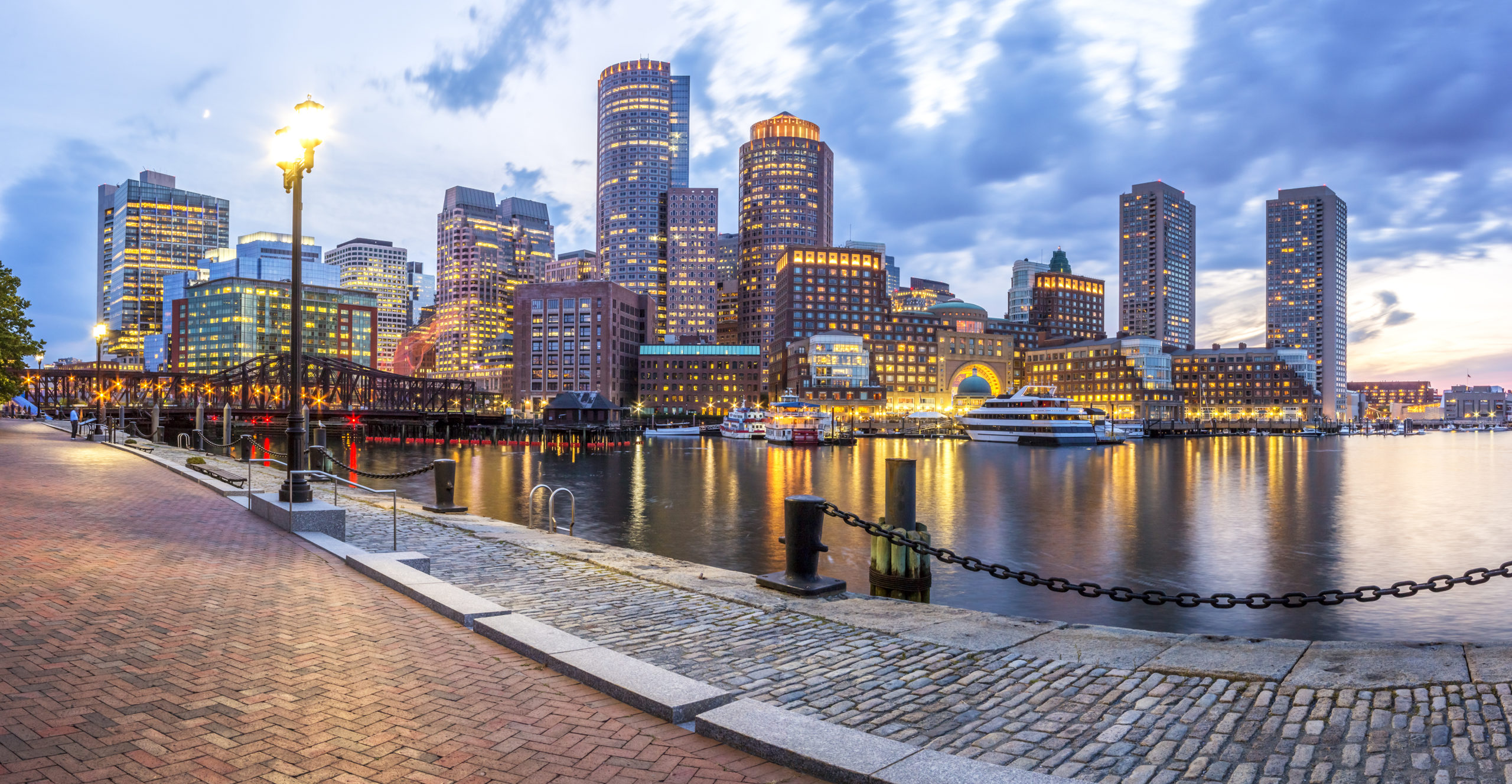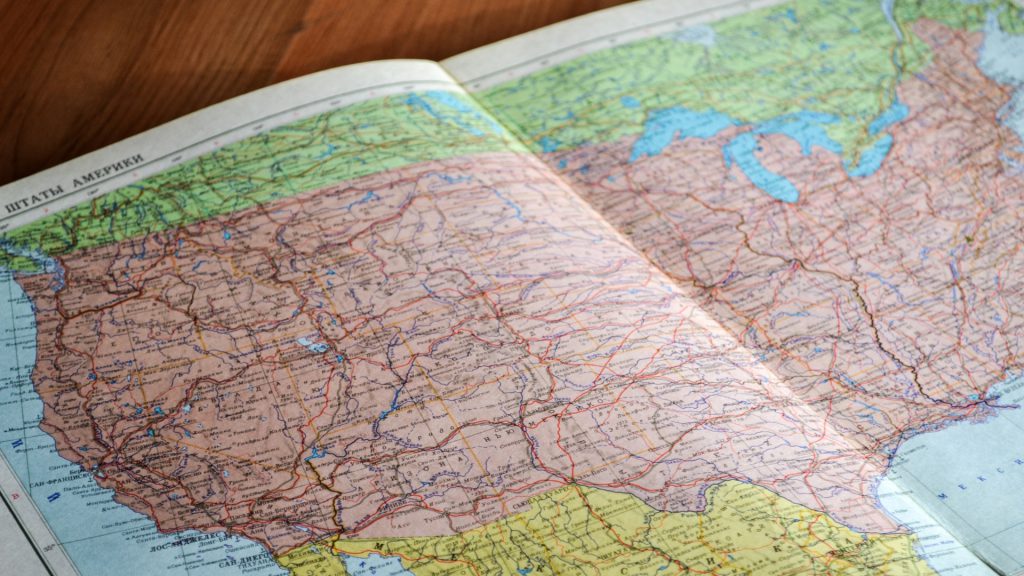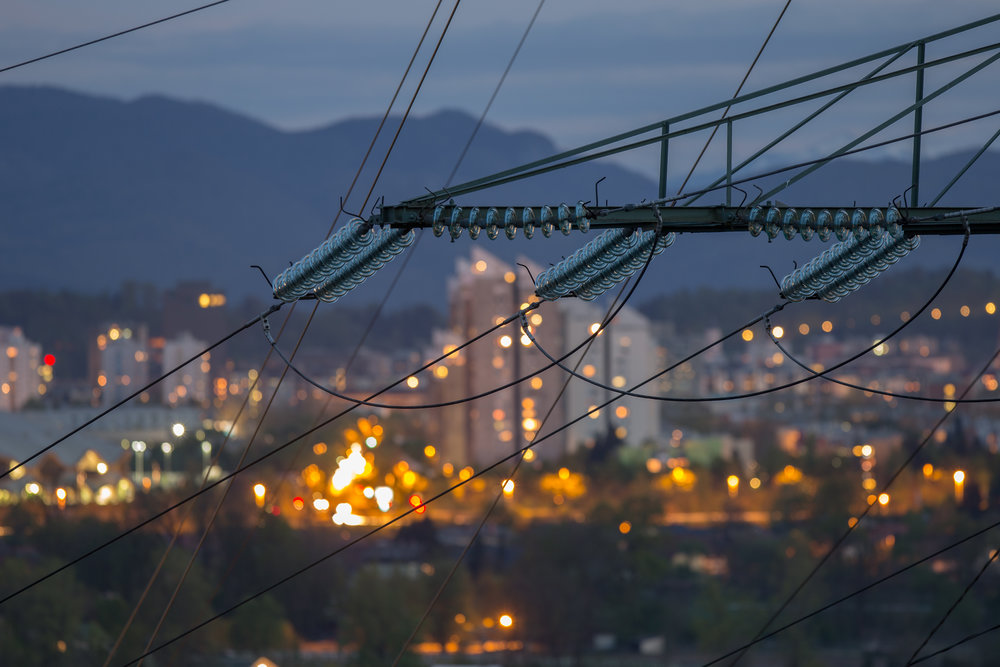Sparse green spaces and smog-filled air have earned cities a reputation as heavy polluters. But with the right plans in place, they can become powerful agents in the fight against climate change.
Cities can seem like the opposite of the natural world. Skyscrapers stand in the place of mountains, car horns drown out birdsong, and the smell of exhaust lingers in the air. But it doesn’t have to be that way. Cities all around the world are taking action to reduce their carbon emissions and join the clean energy revolution. Here are some of the most important steps cities can take to help in the fight against climate change.
Table of Contents
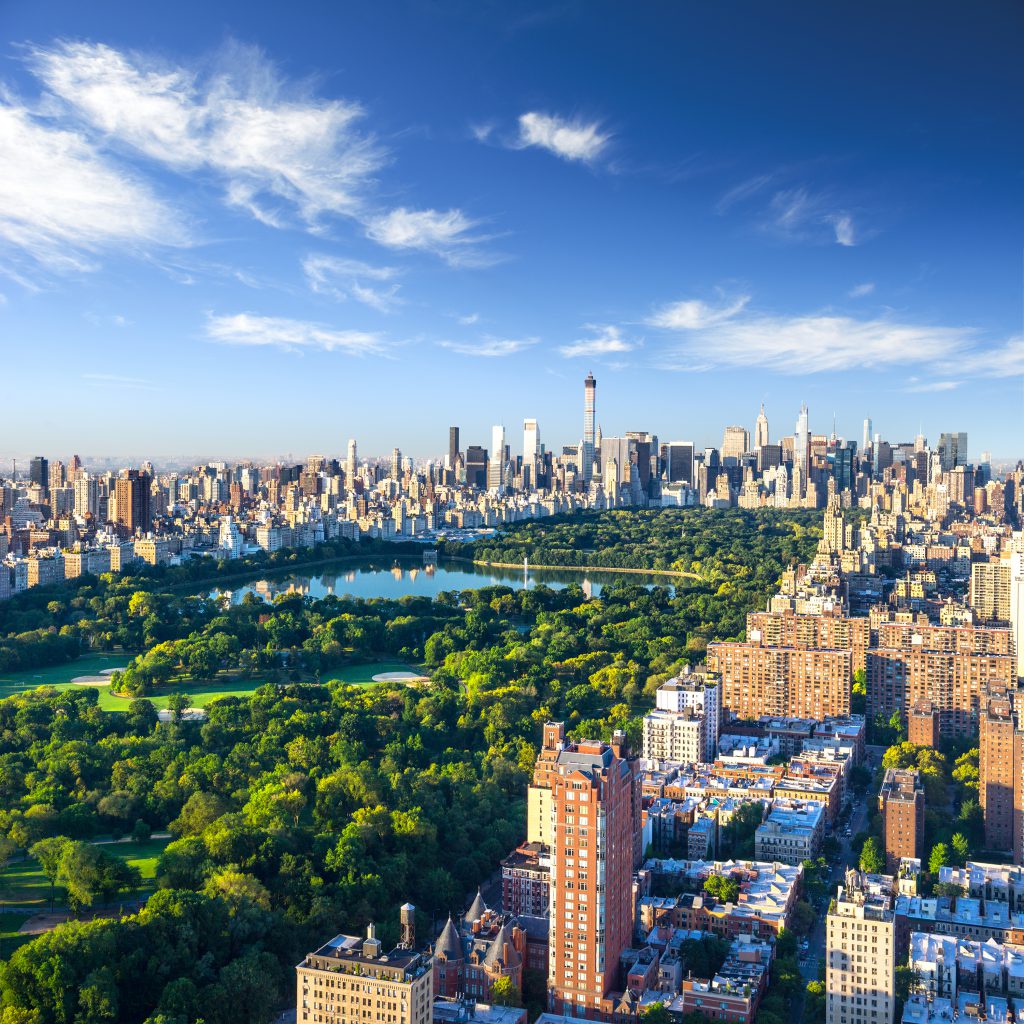
Step 1: Set Citywide Clean Energy Goals
The battle against climate change begins with setting green targets. Every year, more cities across the country are making renewable energy commitments. San Jose, Cleveland, Madison, and dozens more have committed to use 100% renewable energy by 2050 or sooner. Regardless of the size and location of the city, clean energy goals are becoming both more common and more ambitious.
Still, while promises of a clean future are a start, they are meaningless without concrete action. For years, economic and political obstacles have stood between cities’ promises and real change. But renewables’ rapidly falling costs have united city leaders around the benefits of clean energy to their pocketbooks and the planet. More cities are setting clean energy goals in part because the path to a clean future is becoming simpler and economically sound.
A handful of U.S. cities, from Aspen, Colorado to Burlington, Vermont, already power their electric grids with 100% renewable energy. Their success comes from a combination of two strategies: drawing more from sources like wind, solar, and hydropower, and reducing total electricity use. This process begins with addressing cities’ two largest polluters: vehicles and buildings.
Step 2: Invest In Eco-Friendly Urban Transportation
One of the best things about living in a city is how close everything is. A quick walk, bike, bus or train ride gets many city residents to work, the grocery store, and more. Shorter travel distances and more public transportation options mean fewer cars and emissions.
But while most cities offer some degree of public transportation, anyone can relate to the pain of waiting on a bus that never comes, or missing the train by a minute only to realize the next one doesn’t come for another hour. When buses and trains come late or infrequently, or take a long time to get to their destination, people are more likely to drive. When public transit is good, though, it’s good: building out reliable and accessible public transportation clears up traffic and gets everyone where they need to go more quickly.
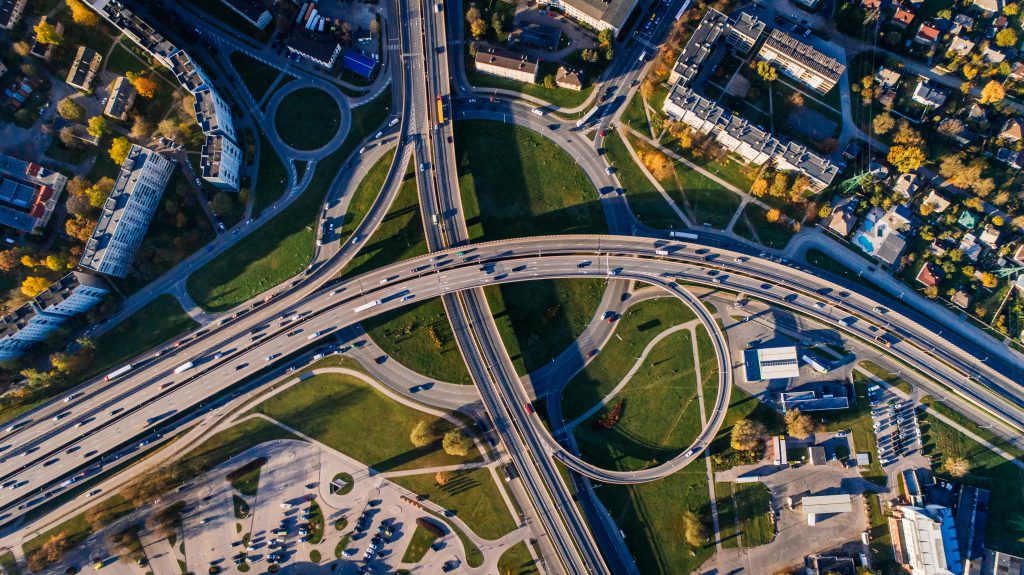
Keeping City Transit Options Open
Buses, trains, and transportation options each meet different needs. The best public transportation systems offer different options to their users and work to make them all more efficient. Better buses make for fewer cars. Good trains take even more cars off the road with higher speeds and more space for passengers. The choice is even clearer when cost-saving electric options are on the table–and especially so if cities get that electricity from renewable sources. Some cities also promote electric scooter companies like Scoot to help with the “last mile,” speeding up your trip home from the bus stop.
Forward-thinking cities also take advantage of good, old-fashioned bicycle travel. While accessibility advocates have cautioned against investing too heavily in infrastructure that can’t be used by all of a city’s residents, bikes do offer a healthy and electricity-free complement to buses and trains. Cities all over the world are improving bike routes by connecting them to one another and to other transit options, allowing residents to bike safely from place to place. In Copenhagen, friendly bicycle routes, bridges, and traffic signals allow 62 percent of residents to bike to school or work. Compare that to the mere 9 percent that drive!
Step 3: Reduce Emissions With Green Buildings
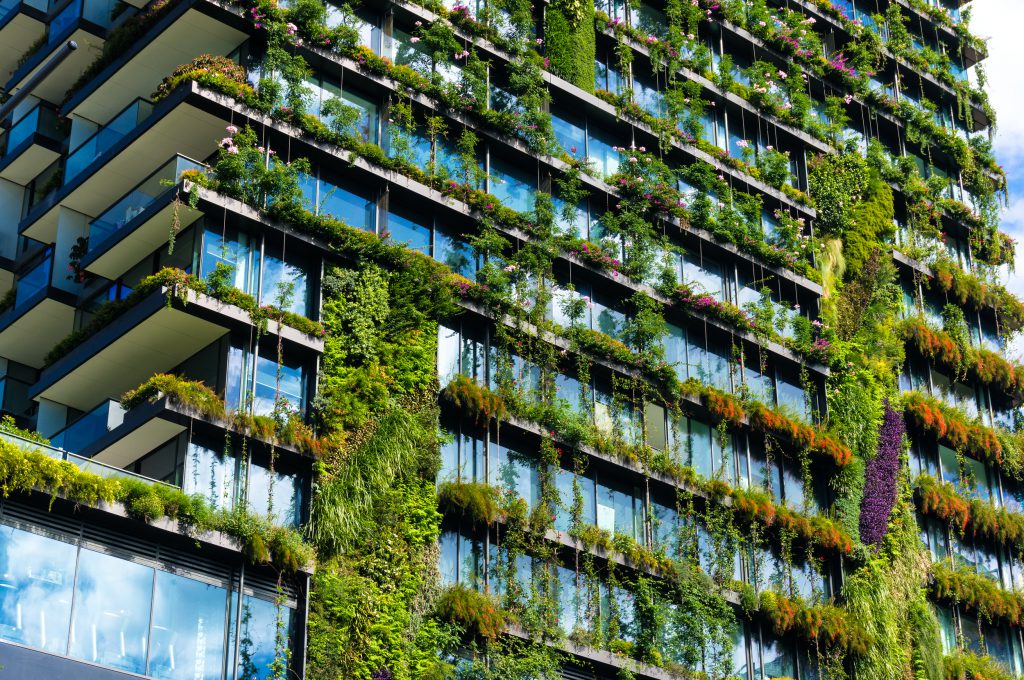
About half of most cities’ emissions come from the energy used to power their buildings. A study conducted by the Working Families Party and New York Communities for Change found that 50 percent of New York City’s CO2 emissions come from just 2 percent of its buildings. The worst offenders were luxury apartment buildings. Imagine the impact that reducing those buildings’ electricity use would have!
Developing a green building isn’t complicated; it just takes foresight. By paying special attention to insulation, planners can craft buildings that stay efficient and comfortable even when it’s very hot or cold outside. Green roofs can also lower a building’s carbon footprint and increase its lifespan.
Adding new technologies like smart thermostats and smart lighting devices helps make sure electricity is only being used when it is needed.
Green building investments normally pay for themselves within a few years and earn savings after that. And they’re not limited to new buildings–cities like New York are already applying many to make the oldest, most inefficient buildings more sustainable!
Step 4: Involve Everyone In the Fight Against Climate Change
Much can and should be said for setting citywide goals. But it’s important for city leaders to make sure they are addressing the problems of all residents, not just a privileged few.
Low-income communities and communities of color consistently bear a greater portion of the burden of environmental pollution and climate change. These communities deserve to be the first to receive the benefits of clean energy.
Solstice’s mission of providing greater access to the benefits of renewable energy drives us every day to enroll our customers in affordable community solar programs. While community solar gardens are cheaper to build in rural areas, they are also empowering city dwellers to participate in clean energy, many of them for the first time. Our upcoming projects with the New York City Housing Authority will be built on affordable housing properties across all five boroughs of the city, ensuring that the properties’ low-income residents can join the fight against climate change.
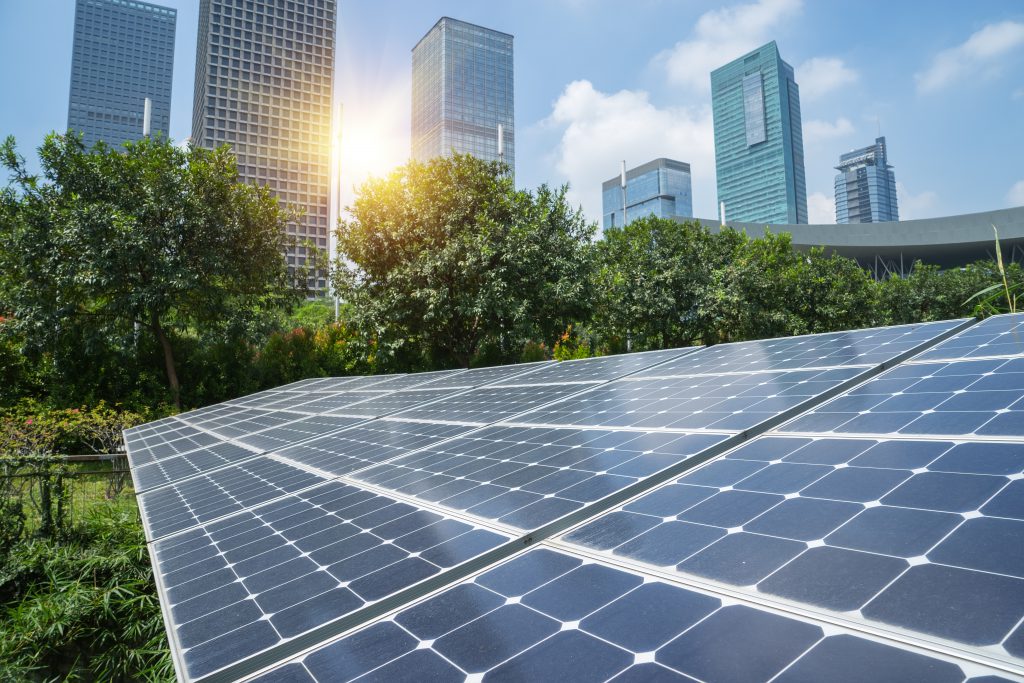
The Role Of Cities In The Battle Against Climate Change
Every community, urban or rural, has a role to play in preserving our environment. Nimble governments, short travel distances, and shared buildings can make cities well-suited to cutting carbon emissions. It’s time to stop thinking of cities simply as polluters and start thinking about them as an opportunity for green initiatives to thrive. That’s why our work is taking us into the city: we want to spread the benefits of clean energy to as many neighborhoods as possible.
